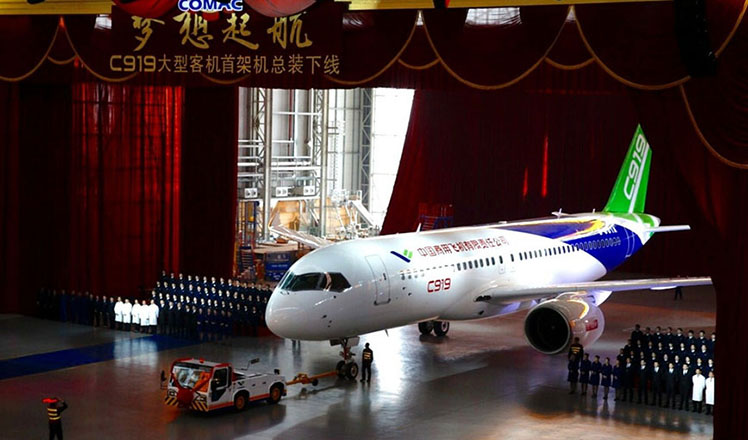Online becoming go-to market for Chinese art lovers
Updated: 2015-11-10 13:44
(Chinaculture.org)
|
||||||||
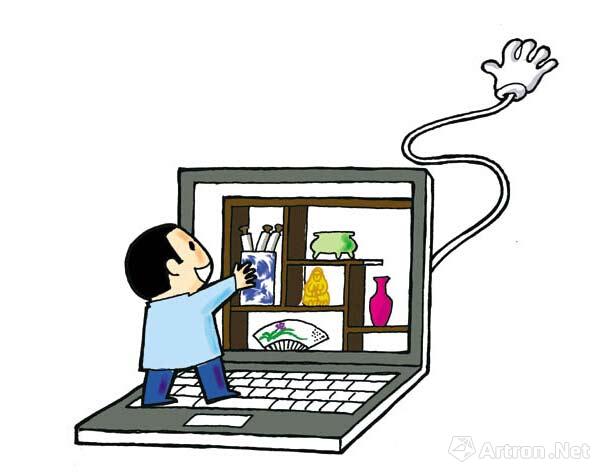 |
|
[Photo/Artron.net] |
As the Internet develops, opening antique shops and buying artworks online are not news nowadays.
Online stores selling art pieces are now even participating in the Single's day online carnival, with many offering promotions on Nov 11.
Apart from buying and selling artworks, online bidding is also becoming trendy. China's Taobao, a big online retailer, sold works of Picasso and Salvador Dali for the first time during its Taobao Spring Auction in May 2014. The bidding started at 1 yuan (16 cents).
According to Xi'an Evening News, the total online transaction of artworks around the world was 1.57 billion yuan in 2013, an increase of 19 percent compared with the previous year.
In China, the online art transactions reached nearly 3 billion yuan ($470 million) in 2013, a year-on-year growth of 67 percent. The growth rate is much higher than Europe and America, based on the statistics released from China's Art Market Research Center (AMRC).
Online art transaction has low access
However, western countries worry that online sale of art in China is mostly low and cheap and this could influence the whole online art market around the world.
The online art market in China indeed has some problems, as the industry is new and more regulation is needed. During recent years, fraud cases have emerged during online transactions.
Compared with the millions of auction items on the international online art market, China's online artworks are mostly set between 10-5,000 yuan ($1.6-786.5). Seemingly, every art lover in China can enjoy the fun of buying art online, while some analysts say that it actually just moves street markets to the Internet. Thus, the access is low, and real art will lose its competitiveness. What's more, the public's art level will be lowered and the art market built on appreciation of beauty will be in dilemma.
Online art selling has some disadvantages, such as buyers can't touch and feel the art before buying, the price is set and can't be bargained, there is no third party who can guarantee the quality of the goods.
Online art market a trend in the future
But as e-commerce grows along with the online art market, the art world in China and around the globe has to cope with the challenges together and embrace the trend.
A number of art management institutions have launched online transaction platforms and hundreds of online art operators have signed agreements to fight against fake art in China. Online art consumers are also increasing their awareness of safeguarding rights. All of these will help regulate the online art transactions in China.
The country stipulated in 2014 that any item bought online can be returned within seven days of its purchase although delivery charges will apply. This also applies to online art buying, which is good news for buyers.
More antiques will go to museums in the future, and modern art will become the mainstream market. The Internet, by that time, will be a best platform for the promotion and exchange of modern art.
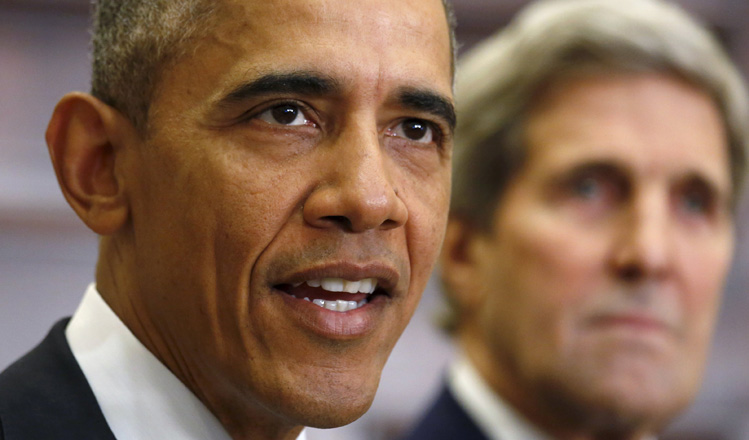
 Obama launches Facebook page, sends message on climate
Obama launches Facebook page, sends message on climate
 Washington 'showing anxiety in stance adopted toward Beijing'
Washington 'showing anxiety in stance adopted toward Beijing'
 Tug of war
Tug of war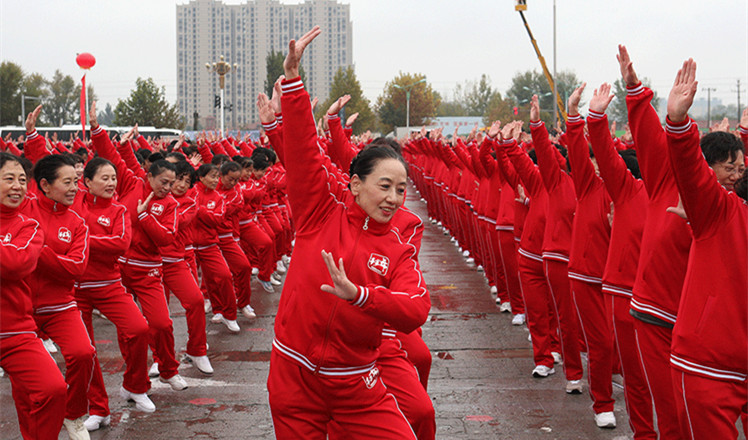
 Stepping into the record books
Stepping into the record books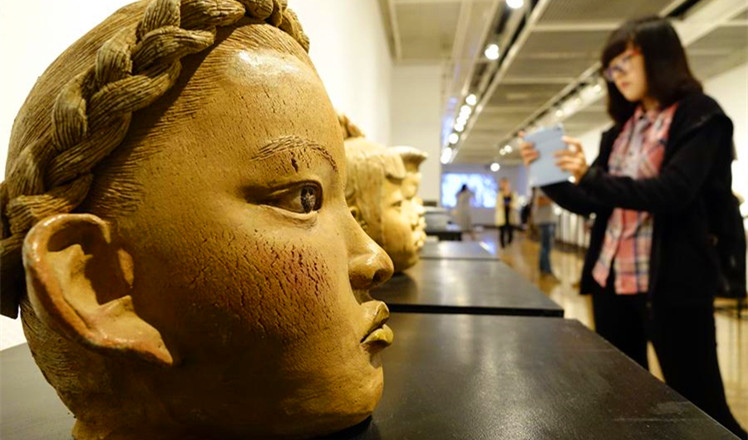
 Contemporary Asian ceramic art shines in Hangzhou
Contemporary Asian ceramic art shines in Hangzhou
 Top 10 most innovative companies in the world
Top 10 most innovative companies in the world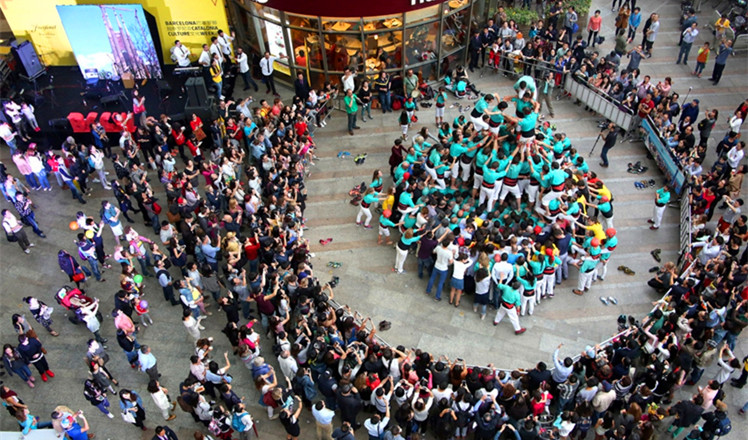
 Spanish-made human tower wows Shanghai audience
Spanish-made human tower wows Shanghai audience
 The world in photos: Nov 2-8
The world in photos: Nov 2-8
Most Viewed
Editor's Picks

|

|

|

|

|

|
Today's Top News
China, not Canada, is top US trade partner
Tu first Chinese to win Nobel Prize in Medicine
Huntsman says Sino-US relationship needs common goals
Xi pledges $2 billion to help developing countries
Young people from US look forward to Xi's state visit: Survey
US to accept more refugees than planned
Li calls on State-owned firms to tap more global markets
Apple's iOS App Store suffers first major attack
US Weekly

|

|


